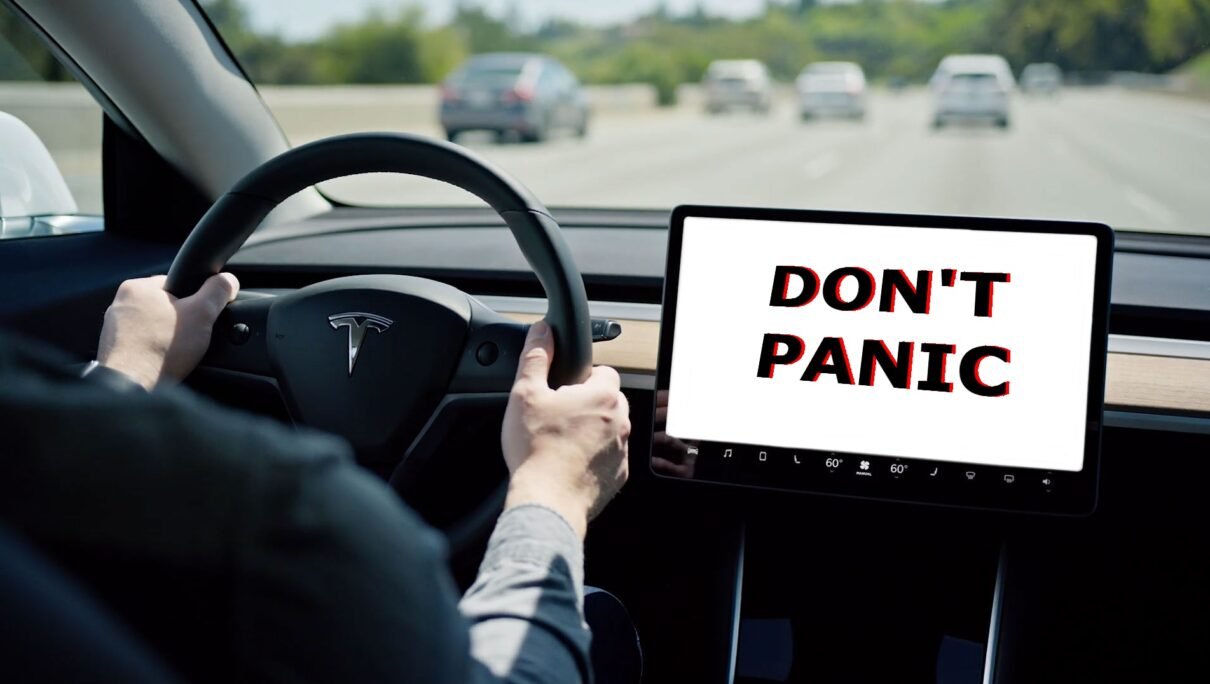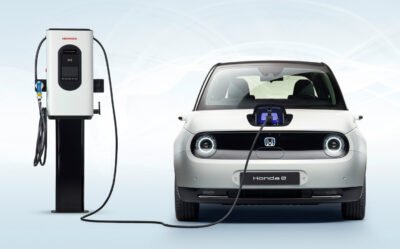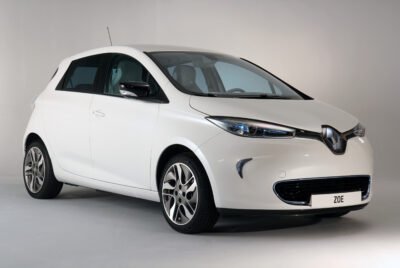Autonomous vehicles have been a topic of discussion for many years, and with each passing year, we see more and more advancements in this technology. Autopilot driving is one such innovation that has the potential to revolutionize the way we drive. In this article, we will explore nine key points related to autopilot driving experiences, including safety, convenience, accessibility, cost, and more.
Safety
One of the most significant advantages of autopilot driving is the potential for increased safety on the roads. Autonomous vehicles are equipped with sensors and cameras that can detect objects in their path and make split-second decisions to avoid collisions. While there have been some high-profile accidents involving autonomous vehicles, many experts believe that the overall safety benefits outweigh the risks.
Convenience
Autopilot driving can also offer a level of convenience that traditional driving cannot match. With autopilot, drivers can sit back and relax while the car takes care of the driving. This could be particularly beneficial on long road trips, where fatigue can be a significant concern for drivers.
Accessibility
For people with disabilities or mobility issues, autopilot driving could be a game-changer. With autonomous vehicles, these individuals could regain some of the independence that traditional driving may not allow. Autopilot could also help older drivers who may no longer feel comfortable behind the wheel.
Cost
One of the biggest barriers to the widespread adoption of autonomous vehicles is the cost. Currently, the technology is still relatively expensive, and it may take some time before it becomes affordable for the average consumer. However, some experts predict that as more automakers enter the market and competition increases, the cost of autopilot driving will eventually come down.
Efficiency
Autonomous vehicles are designed to be more efficient than traditional cars, which could have significant environmental benefits. For example, autonomous vehicles can optimize their speed and route based on traffic patterns, resulting in less congestion on the roads and reduced carbon emissions.
Data Collection
Autonomous vehicles are equipped with a wide range of sensors and cameras that collect data about the environment around them. This data can be used to improve the performance of the vehicles and make them safer over time. However, there are concerns about the privacy implications of this data collection and how it will be used.
Regulation
As with any new technology, there are significant regulatory challenges that must be addressed before autonomous vehicles can become mainstream. Governments around the world are working to develop regulations that ensure the safety of autonomous vehicles while also allowing for innovation and growth in the industry.
Infrastructure
Another challenge for the widespread adoption of autonomous vehicles is the infrastructure required to support them. For example, roads will need to be upgraded with sensors and other technology to allow autonomous vehicles to navigate safely. There will also need to be charging stations and other infrastructure to support electric autonomous vehicles.
Public Perception
Finally, public perception will be a critical factor in the success of autonomous vehicles. While many people are excited about the potential benefits of this technology, there are also concerns about safety, privacy, and job loss in the transportation industry. Automakers and governments will need to work to address these concerns and build trust in the technology.
Autopilot features in cars are becoming increasingly popular, allowing drivers to take their hands off the wheel and rely on the vehicle to navigate itself. However, as with any new technology, concerns over safety and security have been raised. In this article, we will discuss the security approach to autopilot features in cars.
Another key security approach when it comes to autopilot technology in cars is regular software updates. Just like with any software, autopilot systems need to be updated periodically to fix bugs and vulnerabilities. Companies that manufacture autonomous vehicles should have a process in place for testing and updating their software on a regular basis. These updates should be pushed out to vehicles as soon as possible to ensure that they have the most up-to-date and secure software.
In addition to software updates, companies must also consider the physical security of their autonomous vehicles. Since these cars are essentially computers on wheels, they are vulnerable to cyber-attacks, just like any other computer. Hackers could potentially take control of the car’s systems, causing it to crash or take actions that are harmful to the passengers or others on the road.
To prevent this, companies must use robust security measures to protect the car’s systems from unauthorized access. This includes things like firewalls, encryption, and other security protocols. They must also have a plan in place for detecting and responding to cyber-attacks. This may involve monitoring the car’s systems in real-time and using advanced analytics to detect anomalies or suspicious activity.
Another key aspect of security in autonomous vehicles is the data that these cars collect. Since they are equipped with a variety of sensors and cameras, they are constantly collecting data about their surroundings. This data can be incredibly valuable for improving the performance of the car’s systems and for developing new autonomous driving features. However, it must be protected from unauthorized access and misuse.
Companies must be transparent with their customers about what data they collect and how it is used. They should also have strong data protection policies in place to prevent data breaches or unauthorized access. This may involve using encryption or other data security measures, as well as limiting the amount of data that is stored on the car itself.
In conclusion, while there are many benefits to autonomous driving technology, it also presents a number of security challenges that must be addressed. Companies must take a comprehensive approach to security, including both physical and cyber security measures. They must also be transparent with their customers about how their data is used and protected. By taking these steps, companies can ensure that their autonomous vehicles are safe and secure for passengers and others on the road.






